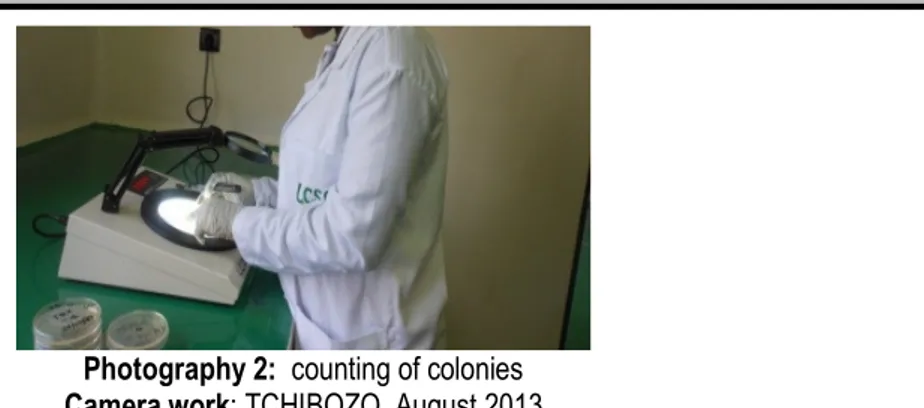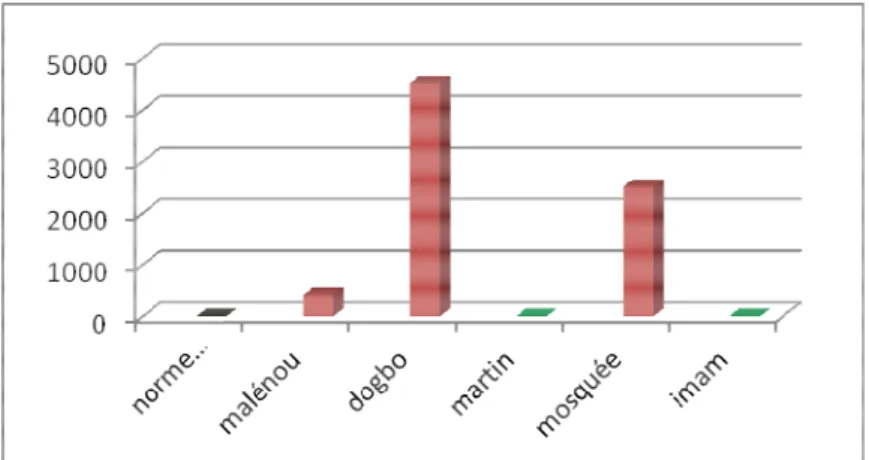Sanitation and risks of waterborne diseases in Aholouyèmè in the commune of Sèmè-Kpodji (Benin, West Africa)
Texte intégral
Figure
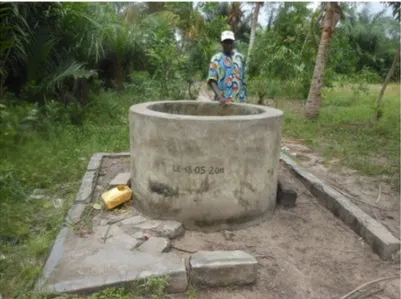
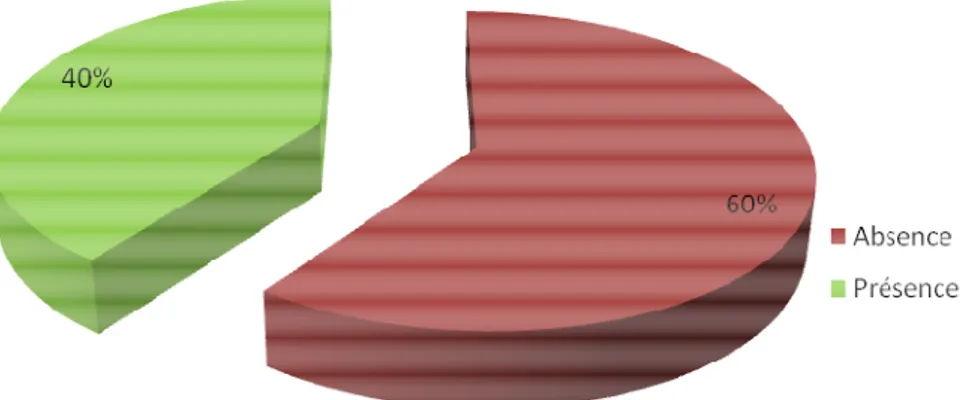
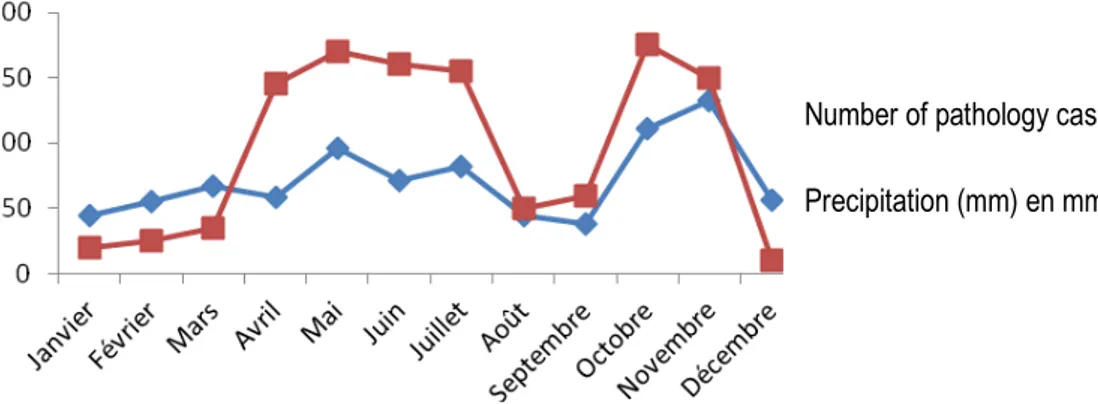
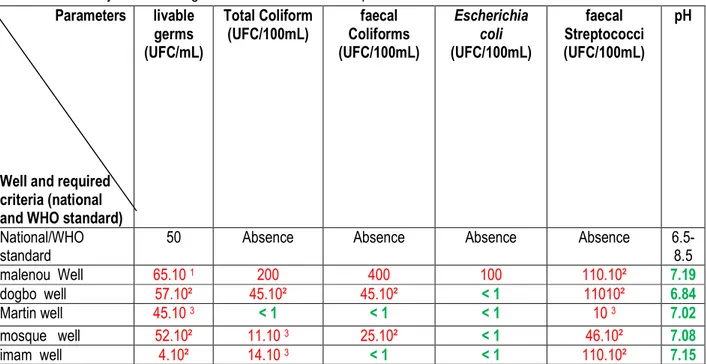
Documents relatifs
Conclusion and application of results: Field investigations showed that the water wells dug in each village by The Head Office of Water (Ministry in charge of water and
57.7 and 57.17 : “The following collective rights of indigenous communes, communities, peoples, and nations are recognized and guaranteed, in accordance with the Constitution
It covers the protection objectives drinking water abstraction and protection of predators from secondary poisoning, but as no data with relevance to sediment organisms
(a) Appraising Japan’s transport safety regulatory practices with regard to the requirements of the Regulations for the Safe Transport of Radioactive Material (the
(b) An entrance meeting involving presentations by key representatives of the French Government, the General Directorate for Nuclear Safety and Radiation Protection (DGSNR),
At the Bundesamt für Strahlenschutz (the competent authority for the safe transport of radioactive material in Germany) she has been involved in the implementation by Germany of
L’archive ouverte pluridisciplinaire HAL, est destinée au dépôt et à la diffusion de documents scientifiques de niveau recherche, publiés ou non, émanant des
l’utilisation d’un remède autre que le médicament, le mélange de miel et citron était le remède le plus utilisé, ce remède était efficace dans 75% des cas, le
